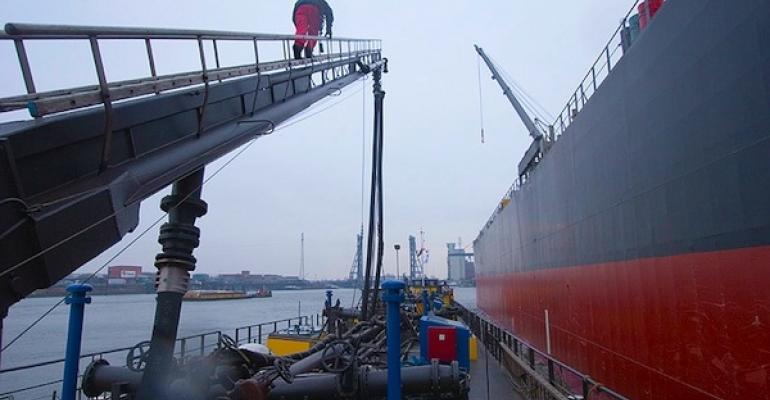The contaminated bunker cases that started in the Houston area in March, and spread to Panama, Caribbean and then ports in Malaysia and Singapore, affecting hundreds of vessels, are still continuing and CJC recently took a case that originated in China about two months ago.
The contamination was in the form of 4-cumyl-phenol which does not show up in standard ISO8217 tests and the original source remains unknown.
Read more: Fuel contamination hits over 30 vessels in Port of Houston: VPS
CJC in Singapore has had a number of cases related to bad bunkers and when Seatrade Maritime News spoke to partner Ian Short earlier this month he said they had two ongoing cases, including one in China. According to Short the samples in the China case had been sent for further testing.
As the bad bunkers have spread the contamination has become more diluted meaning there can be dispute as between the shipowner and the charter, who paid for the bunkers, whether they should be used or not, and this is often where a lawyer gets involved.
“When they’re finally balanced on the levels of these contaminants the owners of course say they don’t want to use them, the charter says they’re perfectly fine, so it goes for further testing and we get instructed down the line a bit,” Short explains.
Most charter parties incorporate ISO8217, and also in many cases a suitability provision, which goes beyond the parameters of the ISO standard. He explain that with such a provision, “widens the scope a little so if you’ve got something like that in there its more likely the charterer will be in breach for not supplying fuel that is suitable for burning in the vessel’s engines”.
However, it can be difficult to pinpoint how much damage contaminated fuel would actually cause. “With excessive wear and tear on the engines, arguably you could say this fuel is still suitable for burning, but that owners would say we can’t be compelled to burn fuel that has excessive wear and tear, and then it really depends on the extent of the contaminants and the expert’s views on the suitability for consumption,” Short says.
Since the cases starting happening earlier this year many owners have started doing additional tests prior to using any new fuel that is bunkered.
“Owners seem to be much more prudent in doing additional testing, we have much less cases of owners just accepting the fuel and going ahead steaming, which brings in all sort of potential third party claims. Owners now seem to be more prudent in carrying out the extra testing as a matter of course,” Short says.
Even then stringent time bars contained within many bunker supply contracts can be an issue with CJC seeing 14-day notification time bars, and a 30-day all claims time bar.
“One of the reasons it can take time getting the results there aren’t so many companies that do this detailed testing and that’s where these time bars really start having an effect as it’s not just something you can quickly test on the detailed basis, sometimes don’t know about the potential contaminants until after some of these time bars have passed,” Short explains.
CJC is looking to challenge the time bars in the US courts and has been advised it is possible if they are considered to be too onerous and unreasonable.
Copyright © 2024. All rights reserved. Seatrade, a trading name of Informa Markets (UK) Limited.
Add Seatrade Maritime News to your Google News feed.  |


